
Dunlin
There were eight Hooded Mergansers swimming in the eastern pond, together with about 20 Lesser Scaup. On the river I spotted one female Bufflehead, eight Red-breasted Mergansers, about 40 Common Goldeneye and seven more Hoodies. I could also see two Herring Gulls and one Great Black-backed Gull on the dock at the marina.
The first good bird of the day was a juvenile Brant swimming in the western pond. When it saw me it stepped out of the water and began walking across the lawn. I noticed that it appeared to have an injured neck – a chunk of feathers seemed to be missing from the back of its neck, while the feathers around it appeared puffy. I recalled seeing the accipiter taking a run at the geese on the lawn of Dick Bell Park a few weeks ago and wondered if this Brant had had a close call with one of the predators that frequent the river.
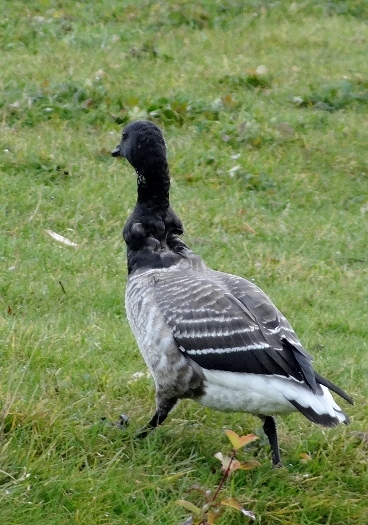
Juvenile Brant
I left the Brant to its own devices and continued walking along the edge of the western shore. At the end I found a smaller dabbling duck feeding with two mallards. The white patch at the base of her bill confused me initially; however, the horizontal buffy streak at the base of her tail confirmed her identity as a Green-winged Teal, as did the green wing patch she showed me much later.
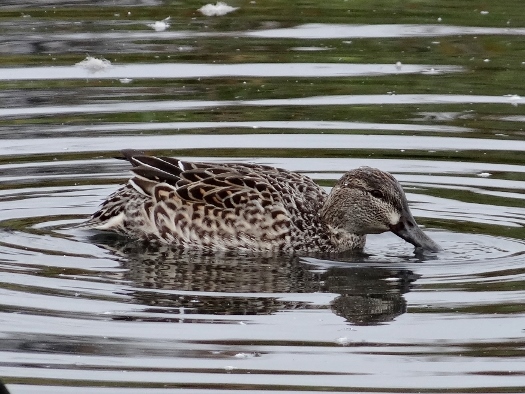
Green-winged Teal
She seemed happy hanging out with the mallards, dipping her head beneath the water’s surface to feed on whatever lurked at the bottom of the pond.
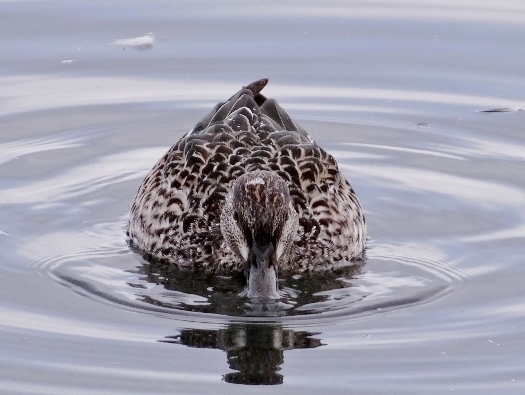
Green-winged Teal
I grabbed my scope and started walking toward the river. Just after I crossed the western-most bridge I spotted a tiny shorebird feeding in the shallow water at the edge of the pond. The long, drooping bill, plump body, and plain buffy face left no doubt as to its identity: not the Purple Sandpiper I was hoping for, but a Dunlin. Like the Purple Sandpiper, the Dunlin is a late-fall migrant that can be found well into November. Of the two species, the Dunlin is more likely to show up in shallow ponds; the Purple Sandpiper prefers rocky coastlines and man-made jetties.
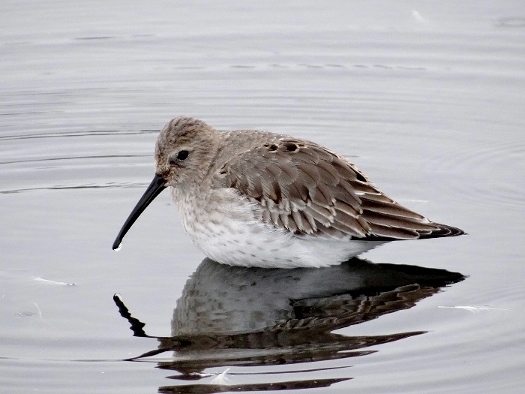
Dunlin
This was my first Dunlin of the fall. I’d seen several in the spring – two along March Valley Road and well over 100 at the Blenheim Sewage Lagoons – but none so far this fall. This wasn’t the first time one has shown up in the ponds at Andrew Haydon Park, either; I’d last had one here in November 2008.
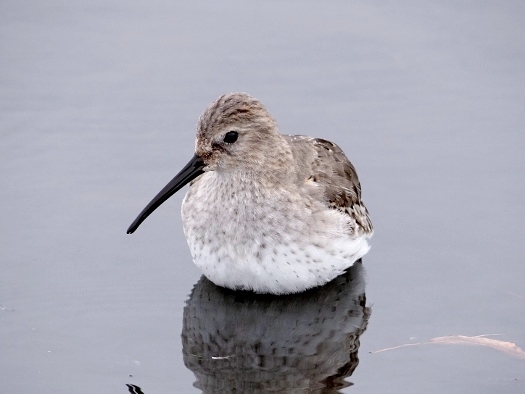
Dunlin
By moving slowly, I was able to walk right up to the edge of the pond where he was foraging and waited for him to move closer. It was great to watch him feed by repeatedly plunging his bill into the water and emerging with tiny invertebrates.
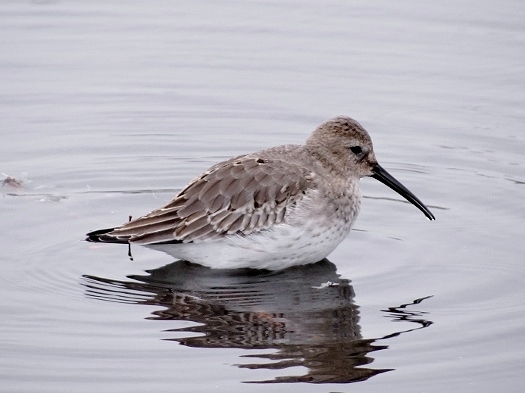
Dunlin
This is a first winter bird. His back is covered by the plain gray feathers of a non-breeding bird, while the coverts and tertial feathers still have the buff-coloured fringes of his juvenal plumage. I thoroughly enjoyed my time watching him and could have spent the rest of the morning there.
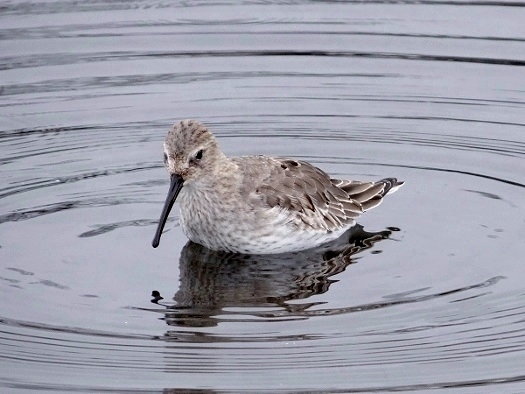
Dunlin
I didn’t see much on the river – there were no grebes or loons or scoters this morning – and as the rain was starting to come down harder, I decided to leave. The Green-winged Teal was still in the same corner of the pond with the same two mallards.
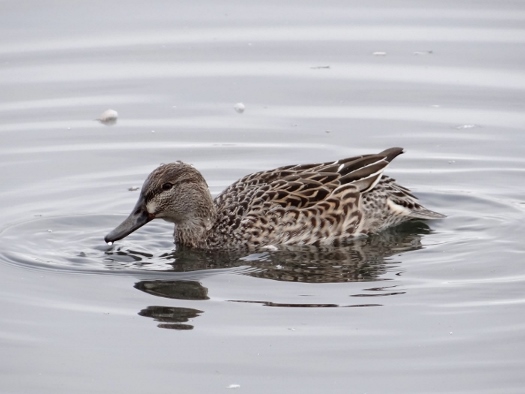
Green-winged Teal
The Brant had flown to the southeastern corner of the pond, where it sat in the water, preening.
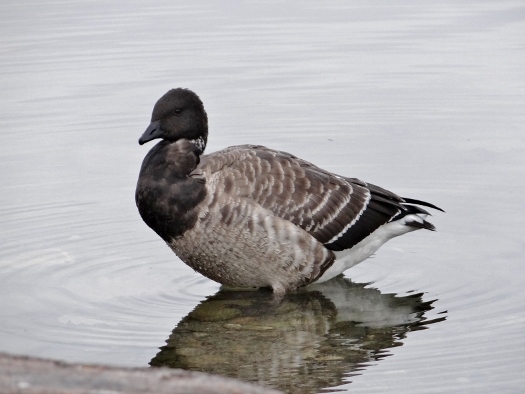
Brant
I left Andrew Haydon Park after about an hour, happy with the birds I had seen. The Brant and the Dunlin were my best finds, and it was great to see the female Green-winged Teal as well. Sometimes it’s worth going out in the rain to see what’s around!